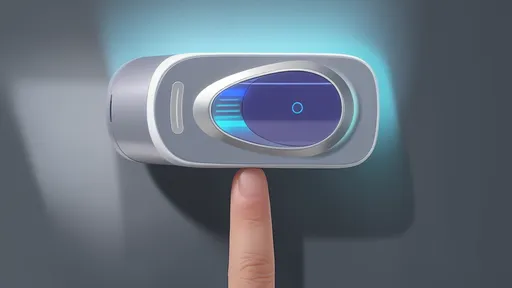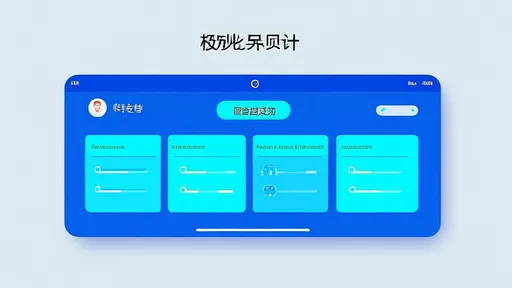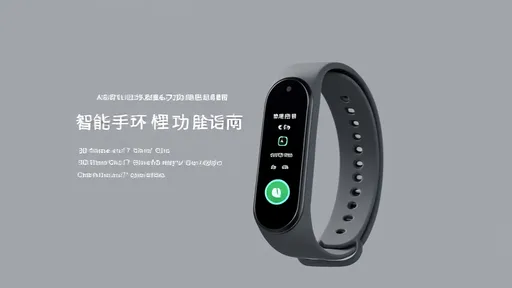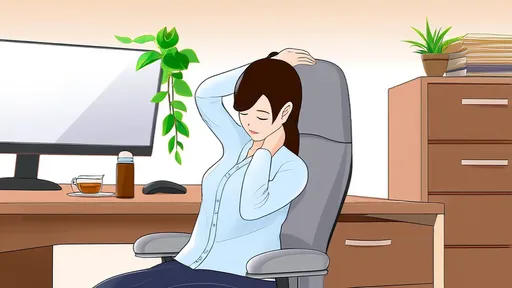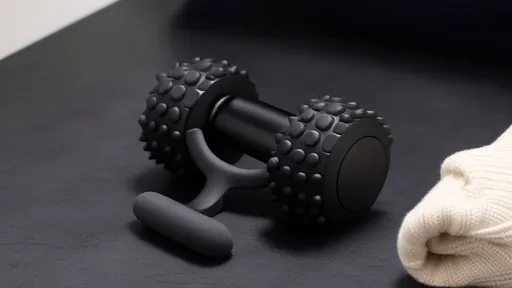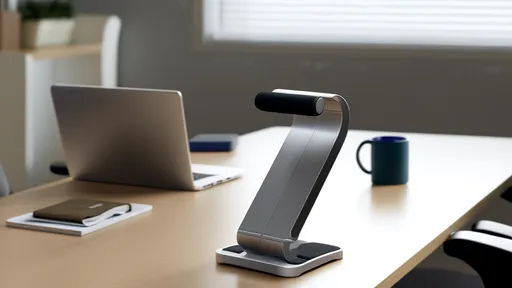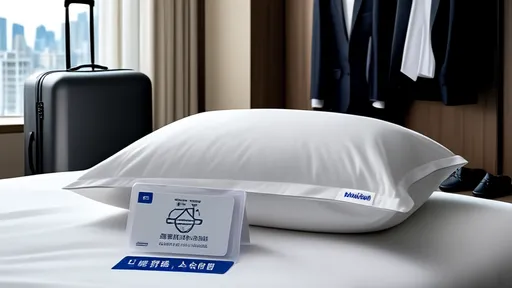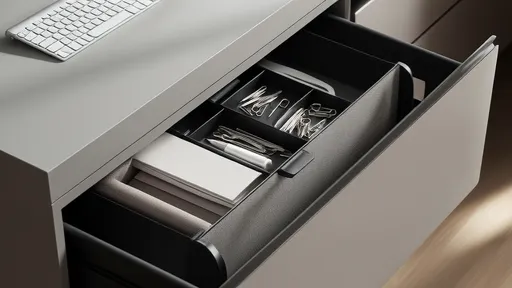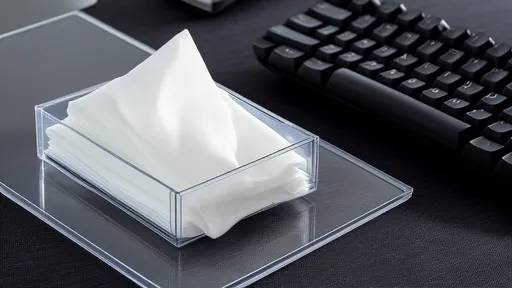The rise of telemedicine has transformed how patients access healthcare, with online consultations becoming increasingly common. One critical aspect of virtual visits that often goes overlooked is the quality of medical photos patients submit. Clear, well-composed images can make the difference between an accurate remote diagnosis and unnecessary follow-up appointments. As patients take more responsibility for documenting their health concerns through photography, mastering a few fundamental techniques becomes essential.
Lighting plays a pivotal role in capturing useful medical images. Many patients make the mistake of using harsh overhead lighting or dim artificial light that distorts colors and obscures details. Natural daylight near a window often provides the most balanced illumination, revealing true skin tones and making rashes, swelling, or discoloration clearly visible. When photographing areas like the throat or ears, using a flashlight to supplement ambient light can help highlight important details without creating unnatural shadows.
The angle and framing of medical photos significantly impact their diagnostic value. Rather than hastily snapping pictures from awkward perspectives, patients should take multiple shots from different angles. For skin conditions, this means capturing both close-up and wider shots to show the affected area in context. When documenting injuries to limbs or joints, including images with the body part in both relaxed and extended positions helps clinicians assess mobility limitations. The camera should always be held parallel to the area being photographed to prevent distortion.
Focus and image clarity are non-negotiable in medical photography. Modern smartphone cameras typically produce excellent results when used properly. Patients should tap the screen to set the focus point on the most important area and hold the camera steady. Using the zoom function often degrades image quality, so it's better to physically move closer to the subject when possible. For extremely small areas like eye irritations or mouth sores, some smartphones offer macro modes that capture minute details otherwise missed by standard camera settings.
Background and context matter more than many patients realize. Busy backgrounds with patterns or clutter can distract from the medical issue being documented. A plain, neutral-colored background helps the affected area stand out. Including common objects like coins or rulers in the frame provides helpful size references for conditions involving swelling, wounds, or skin lesions. However, patients should avoid using markers directly on their skin as this could interfere with the assessment of coloration or texture.
Timing and documentation create a more complete clinical picture. Photos taken at different stages of a condition's progression help healthcare providers understand its development. Patients dealing with chronic or evolving symptoms should establish a consistent routine for documentation, taking images at the same time of day under similar lighting conditions. Keeping a simple log with dates, times, and brief notes about symptoms accompanying each photo provides valuable context during online consultations.
Special considerations apply to specific types of medical photography. When capturing images of eye concerns, patients should look in different directions to show the full extent of redness or irritation. Photographing throat issues requires depressing the tongue properly and using adequate lighting to illuminate the area. Skin conditions may require images before and after applying treatments to monitor changes. Patients should always follow their healthcare provider's specific instructions regarding what angles or details to capture for particular concerns.
Technical preparation ensures photos meet telemedicine platform requirements. Most systems have file size limitations and specific format preferences. Patients should familiarize themselves with these requirements beforehand to avoid last-minute frustrations. Simple editing like cropping or adjusting brightness may be helpful, but filters or heavy alterations that change the appearance of symptoms should never be used. Keeping original, unedited versions ensures healthcare providers can request them if needed.
Privacy and security should remain top priorities when sharing medical images. Patients should use secure telemedicine platforms rather than regular email or messaging apps for transmitting sensitive health information. Before taking photos of private areas, they should confirm with their provider what's absolutely necessary to document. When storing medical images on personal devices, using password protection or secure folders prevents accidental sharing or unauthorized access.
The human element remains crucial despite the technical aspects. Patients should remember that their photos supplement, but don't replace, thorough descriptions of their symptoms. Including brief written notes about pain levels, duration, or other relevant details helps providers interpret the images accurately. Following up with the healthcare provider if the photos don't seem to adequately capture the issue prevents delays in care. As telemedicine continues evolving, patients who master these photographic skills position themselves to receive more efficient, effective remote care.
Beyond basic photography principles, certain medical conditions require specialized approaches. Chronic wound care demands consistent lighting and positioning to accurately track healing progress over time. Neurological symptoms like tremors or muscle weakness benefit from short video clips alongside still images. Gastrointestinal issues often require attention to dietary documentation through photos of meals alongside symptom tracking. Patients managing multiple conditions should create organized digital folders to keep their medical images sorted by concern and date.
Technological advancements continue to enhance medical photography capabilities. Some healthcare providers now offer guided photo capture through their apps, using augmented reality to help patients position their cameras correctly. Specialized smartphone attachments can improve imaging of ears, skin, or the throat. While these tools can be helpful, patients shouldn't delay seeking care if they lack access to advanced equipment - even standard smartphone photos taken with proper technique often provide sufficient diagnostic information.
The psychological aspect of medical photography warrants consideration. Some patients feel uncomfortable documenting their health issues, particularly for sensitive areas or concerning symptoms. Healthcare providers should create judgment-free environments where patients feel empowered rather than embarrassed about sharing medical images. On the practical side, patients might practice photographing non-sensitive areas first to build confidence before documenting more personal health concerns.
Legal and ethical considerations form the foundation of proper medical photography. Patients should always obtain explicit consent before photographing anyone other than themselves, including children or dependent adults. Understanding how healthcare providers store and use these images helps patients make informed decisions about their care. Most reputable telemedicine platforms comply with healthcare privacy regulations, but patients should verify this before sharing sensitive health information.
As online consultations become more sophisticated, the role of patient-generated medical images will likely expand. Some healthcare systems now incorporate artificial intelligence tools that analyze submitted photos for preliminary assessments. While these technologies show promise, human medical expertise remains essential for accurate diagnosis and treatment planning. Patients who develop strong medical photography skills today will be well-prepared for whatever advancements telemedicine brings tomorrow.
Pulse oximeters have become indispensable tools in modern healthcare, particularly in monitoring oxygen saturation levels non-invasively. However, one common challenge users face is nail interference, which can skew readings and lead to inaccurate results. Understanding how to mitigate this issue is crucial for both medical professionals and individuals relying on these devices for health monitoring.
The pharmaceutical industry has undergone significant transformations in recent years, with one of the most notable advancements being the implementation of drug traceability systems. These systems, often centered around unique identification codes known as drug traceability codes, have become a cornerstone in ensuring the safety, authenticity, and transparency of pharmaceutical products. The ability to track a drug's journey from manufacturing to consumption has not only bolstered consumer confidence but also streamlined regulatory compliance and supply chain management.
The rise of digital healthcare credentials has brought unprecedented convenience to patients worldwide, but it has also opened new avenues for fraudsters. Electronic medical insurance certificates, designed to streamline access to healthcare services, have become a prime target for sophisticated cybercriminals. This phenomenon isn't isolated to any particular region—from Beijing to Boston, healthcare systems are witnessing an alarming increase in digital credential theft.
The rise of telemedicine has transformed how patients access healthcare, with online consultations becoming increasingly common. One critical aspect of virtual visits that often goes overlooked is the quality of medical photos patients submit. Clear, well-composed images can make the difference between an accurate remote diagnosis and unnecessary follow-up appointments. As patients take more responsibility for documenting their health concerns through photography, mastering a few fundamental techniques becomes essential.
The growing reliance on health apps has brought privacy and security concerns to the forefront. As these applications collect sensitive data—ranging from heart rate and sleep patterns to medical history and GPS locations—users and regulators alike are questioning how this information is managed. The permissions granted to health apps often determine the extent of data access, making it crucial to establish robust strategies for permission management.
In today’s fast-paced world, many of us find ourselves glued to our desks for hours on end, often losing track of time until stiffness or discomfort sets in. Sedentary behavior has become a silent health hazard, linked to a range of issues from poor posture to increased risk of chronic diseases. Fortunately, wearable technology like fitness bands has stepped in to combat this modern-day problem. One of the most valuable features these devices offer is the sedentary reminder—a gentle nudge to get up and move. But simply enabling the feature isn’t enough; understanding how to optimize its settings can make the difference between a helpful tool and an ignored alert.
The modern pace of life has made fast food an unavoidable part of our dietary landscape. While nutritionists consistently warn about the health consequences of regular fast food consumption, the reality is that most people will find themselves eating these convenient meals more often than they'd like to admit. Rather than moralizing about avoidance, a more practical approach focuses on mitigation - how to nutritionally rescue your body after fast food consumption.
In our screen-dominated world, eye fatigue has become an epidemic. The constant glare from digital devices leaves millions rubbing their temples and squinting through blurred vision. While artificial tears and blue light glasses offer temporary relief, traditional Chinese medicine presents an intriguing alternative – acupressure for eye strain. This ancient healing art teaches that strategic finger pressure along meridian pathways can dissolve tension, improve circulation, and restore visual clarity without medications.
Air-conditioned rooms provide comfort during hot weather, but they often come with an unintended side effect: dry nasal passages. The constant circulation of cooled air tends to strip moisture from the environment, leaving many people struggling with irritation, congestion, or even nosebleeds. Understanding how to maintain nasal hydration in such conditions is essential for both comfort and health.
For those who spend long hours sitting at a desk or in front of a computer, the struggle with stiff calves and poor circulation is all too real. The modern sedentary lifestyle has given rise to a generation of "desk-bound professionals" who often neglect the importance of movement. Enter the calf massage roller—a simple yet effective tool designed to alleviate tension, improve blood flow, and restore mobility to overworked lower legs.
In today's fast-paced corporate environment, telephone conferences have become an indispensable part of daily work routines. However, the prolonged hours spent hunched over phones or laptops during these virtual meetings have given rise to a silent epidemic: chronic neck and shoulder pain. As awareness grows about the physical toll of our digital work habits, a new category of ergonomic solutions has emerged – the telephone conference neck support brace.
Business travel often comes with its own set of challenges, and one of the most overlooked yet critical aspects is the quality of sleep. Hotels, aware of this, have started paying closer attention to their pillow offerings. The way hotels handle pillows can significantly impact a guest's experience, and many are now adopting innovative approaches to ensure comfort and hygiene.
Afternoon tea is a beloved ritual for many, offering a moment of respite in the midst of a busy day. However, traditional afternoon tea spreads often lean heavily on sugary treats, refined carbohydrates, and calorie-laden snacks. For those seeking a healthier approach without sacrificing flavor or satisfaction, there are plenty of nutritious alternatives that can transform this daily indulgence into a nourishing experience.
The modern workplace can be a breeding ground for stress, and often, the state of our physical surroundings mirrors our mental clutter. Nowhere is this more evident than in the humble desk drawer—a microcosm of chaos for many professionals. The concept of drawer decompression organizing isn’t just about tidying up; it’s a tactile form of self-care that bridges the gap between productivity and mental well-being.
In today’s fast-paced digital world, keyboards have become an essential part of our daily lives. Whether at work, school, or home, we rely on them for communication, productivity, and entertainment. However, what many people overlook is the fact that keyboards can harbor a surprising amount of germs and bacteria. Studies have shown that keyboards can be dirtier than toilet seats, making regular cleaning a necessity. One effective and convenient solution for maintaining keyboard hygiene is the use of disinfecting wipes. These wipes are specially designed to clean and sanitize surfaces without causing damage, making them ideal for electronic devices.
